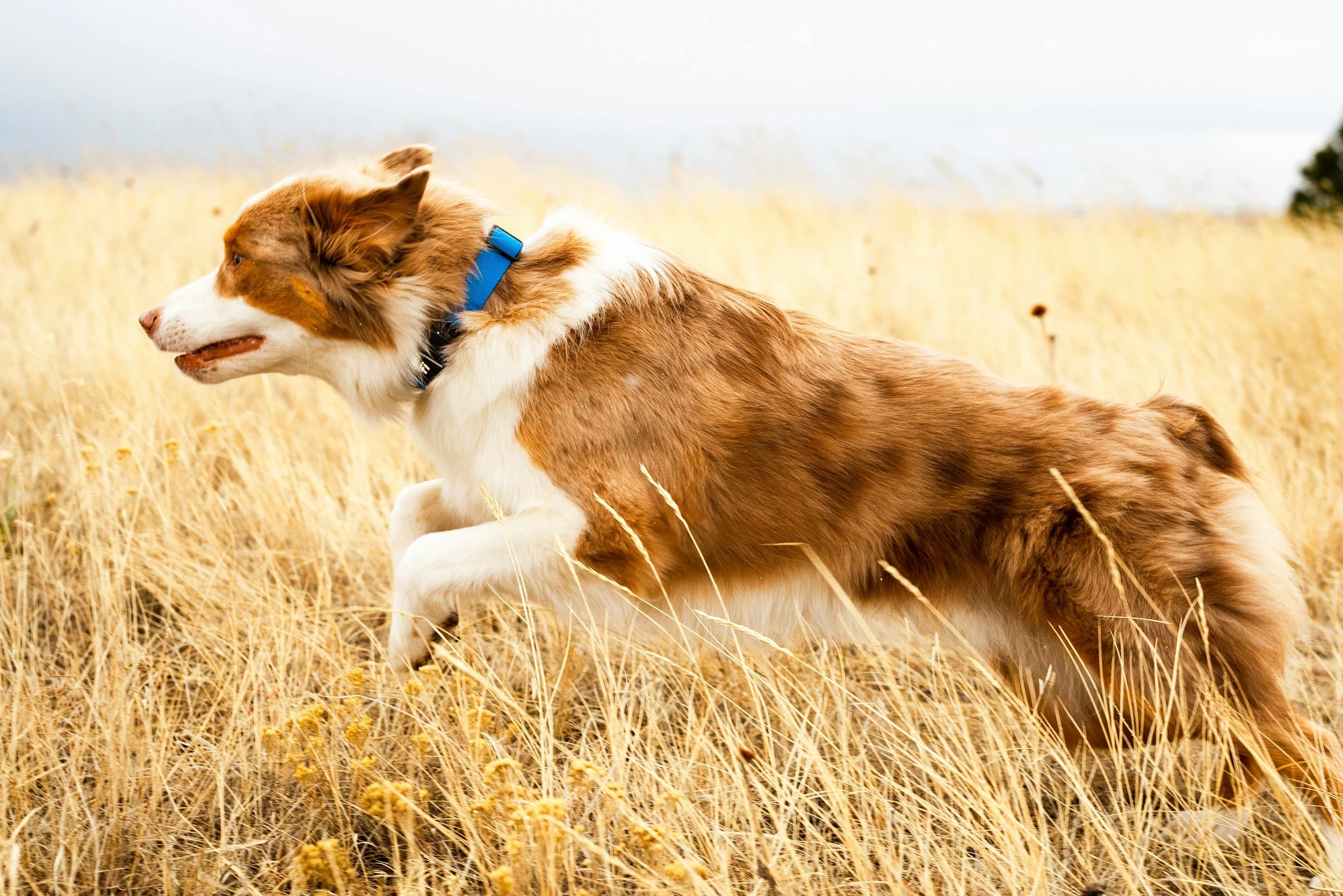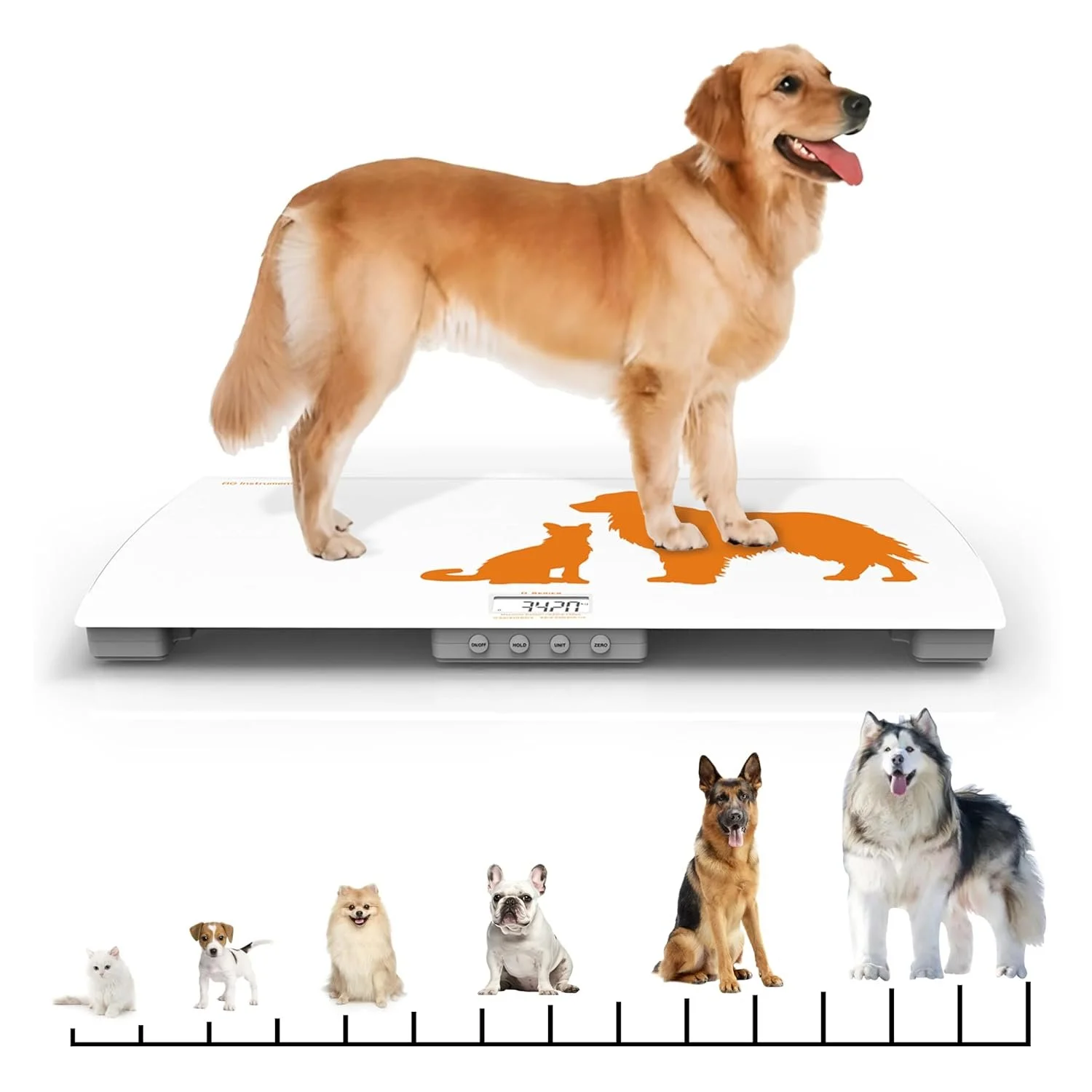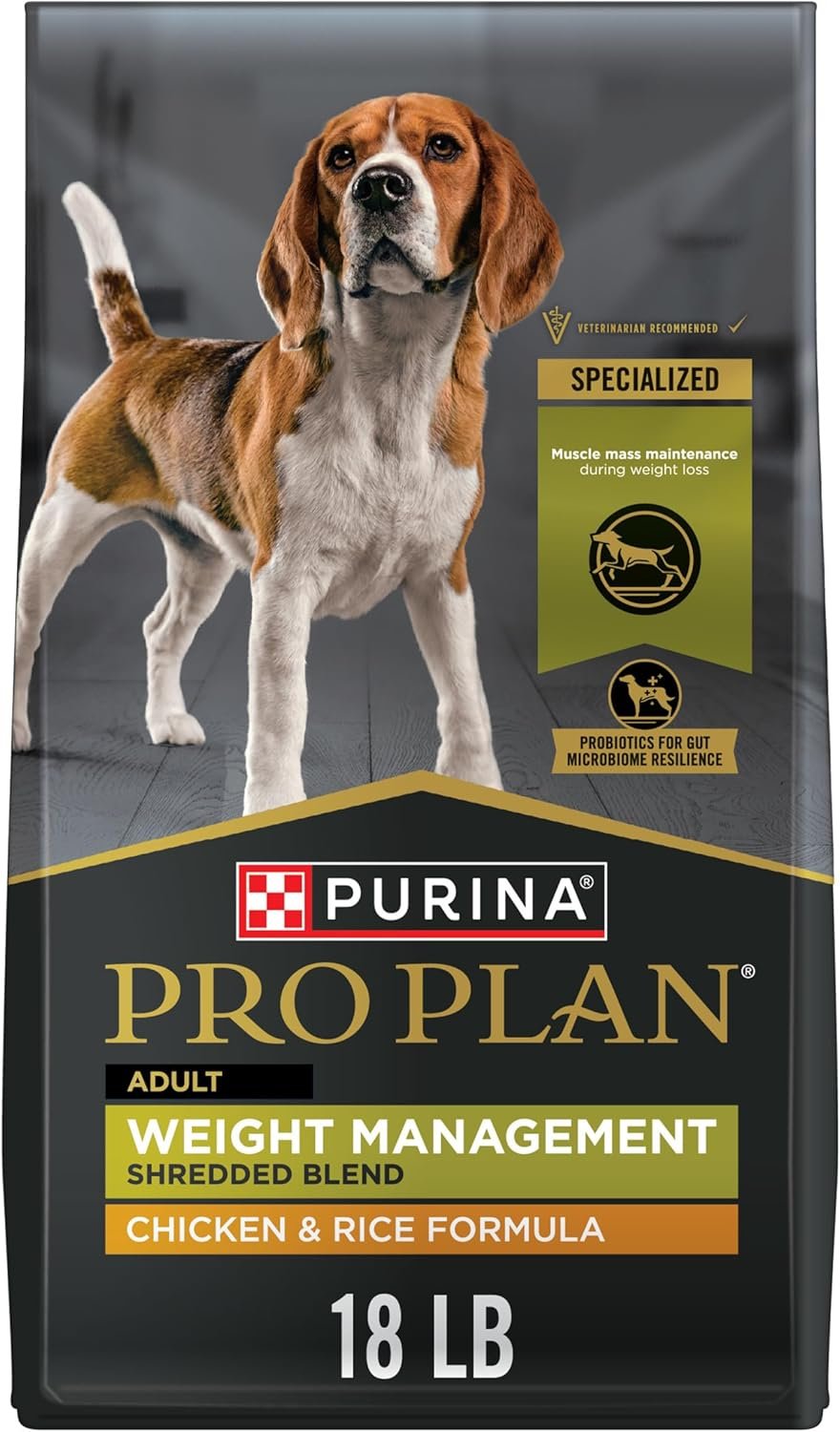Keeping Your Dog at a Healthy Weight: Why It Matters More Than You Think
If you’ve ever been told by your vet that “Fluffy could stand to lose a few pounds,” you’re not alone. Pet obesity — and even underweight pets — are more common than most owners realize. Just like people, dogs thrive when they are at a healthy weight. Too heavy or too light, and your dog may face a laundry list of health issues that can shorten their life and make it less enjoyable.
So how do you know if your dog is at the right weight? How can you get them there and keep them there? Let’s dig in.
What Does a Healthy Weight Look Like?
Vets often use the Body Condition System to assess a dog’s health. Think of it as a “fit chart” for pets. It ranges from 1 to 9, with 1 being severely underweight and 9 being severely obese. The ideal is typically 4–5 out of 9.
You should be able to:
Feel your dog’s ribs without pressing too hard (but not see every rib protruding).
See a defined waistline when looking from above.
Notice a tuck in the belly when looking from the side.
Why Weight Matters
Overweight dogs carry extra strain on their joints, heart, and lungs. They are more likely to develop arthritis, diabetes, heart disease, heat intolerance, and even certain cancers. A 2018 study found that overweight dogs live up to 2.5 years less than their lean counterparts.
Underweight dogs may be missing essential nutrients, leading to poor coat condition, weakened immunity, reduced muscle mass, and a lack of energy. Chronic underweight issues can also signal underlying medical conditions.
In short: whether your dog is too heavy or too thin, their quality of life suffers.
How Dogs Become Overweight
How Dogs Become Overweight
Too many calories (extra treats, table scraps, or free-feeding kibble)
Too little exercise (especially as dogs age)
Neutering/spaying (metabolism can slow, meaning diet adjustments are needed)
Breed predispositions (e.g., Beagles, Labradors, Dachshunds are prone to weight gain)
Achieving a Healthy Weight:
Start with your vet.
Before making changes, have your vet do a full exam to rule out thyroid issues or other metabolic conditions.
2-Cup Capacity - Adjustable Dog Food Scoop - Dishwasher-Safe Plastic with Secure Slide Disk
Measure, don’t guess.
Most dog parents eyeball kibble portions, which often leads to overfeeding. Instead, use a measuring cup or — even better — a digital pet food scale.Feed for your dog’s ideal weight, not their current one.
If your dog should weigh 60 lbs but currently weighs 75 lbs, base feeding on 60 lbs.Switch to a weight management formula if needed.
Many brands offer calorie-controlled food with higher fiber to keep dogs fuller longer.
Slow Feeder Bowl, Puzzle Maze for Fast Eaters, Small to Medium Dogs, Helps Prevent Bloat & Aid Digestion, Holds 2 Cups Wet or Dry Food, Non-Slip, Made Without BPA
Slow it down.
Fast eaters often overeat. Use a slow feeder bowl or puzzle feeder to slow meals and provide mental stimulation.
Chuckit! Dog Ball Launcher - Play Fetch further, without your arm getting tired!
Build exercise into their day.
For high-energy breeds, try fetch, jogging, or agility work.
For seniors, go for gentle walks or swimming.
Start slow and gradually increase.
Maintaining a Healthy Weight
Regular weigh-ins: Weigh your dog monthly at home or during vet visits.
Track progress: Keep a log of your dog’s weight, diet, and exercise.
Consistent routines: Dogs thrive on schedule. Feed at the same times daily and set walk/playtime into your calendar.
Limit high-calorie extras: Stick to small training treats, or use bits of carrots, green beans, or apple slices.
Check body condition: Run your hands along their ribs and waist weekly — your touch will tell you sooner than your eyes.
Helping Underweight Dogs
While overweight pups get most of the attention, being too thin can be just as dangerous. If your dog is underweight:
Work with your vet to rule out parasites, metabolic issues, or GI disease.
Feed high-quality, calorie-dense food in smaller, frequent meals.
Add healthy toppers like boiled chicken, salmon oil, or vet-approved meal enhancers.
The Payoff
A dog at a healthy weight is more energetic, moves more comfortably, and simply enjoys life more. You’ll likely notice:
Shiny coat and brighter eyes
More stamina on walks and play
Better digestion
Fewer vet bills long-term
And let’s be honest — your dog will thank you for helping them feel their best (even if they pout about fewer cookies).
References
German, A. J. (2016). Obesity in Companion Animals. Journal of Veterinary Internal Medicine, 30(2), 277–291.
Kealy, R. D., et al. (2002). Effects of diet restriction on life span and age-related changes in dogs. Journal of the American Veterinary Medical Association, 220(9), 1315–1320.
Association for Pet Obesity Prevention. (2023). Pet Obesity Survey Results.
Recommended Products:
33 x 16 inch (840 x 405mm) tempered glass
Accurate weight readings
O
ffers unit conversion between Lbs & KGs
High-protein weight management dog food with real chicken to support lean muscle mass.
Contains 15 % less fat than Purina Pro Plan adult dog food for weight control.
Crunchy kibble and tender shredded pieces for texture and flavor dogs love.







